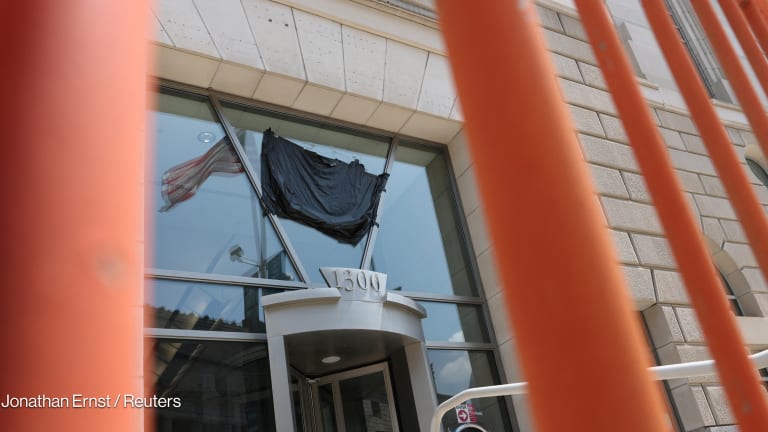In April, the United States switched to a new system of identity numbers for organizations that want to receive funding from the U.S. government. But the problems with the system meant large numbers of organizations found themselves barred from participating in bids or unable to get paid for work already done.
NGO campaigners say the worst hit have been small, local organizations overseas — the exact type of organization the U.S. Agency for International Development is trying to do more business with. And USAID itself said that many potential partners had simply given up on working with the agency as a result of the process.
Now, after months of chaos and continued lobbying, USAID has issued a directive that should allow those organizations to continue to win USAID grants and contracts while issues with the transfer to the new system are resolved.
This story is forDevex Promembers
Unlock this story now with a 15-day free trial of Devex Pro.
With a Devex Pro subscription you'll get access to deeper analysis and exclusive insights from our reporters and analysts.
Start my free trialRequest a group subscription







